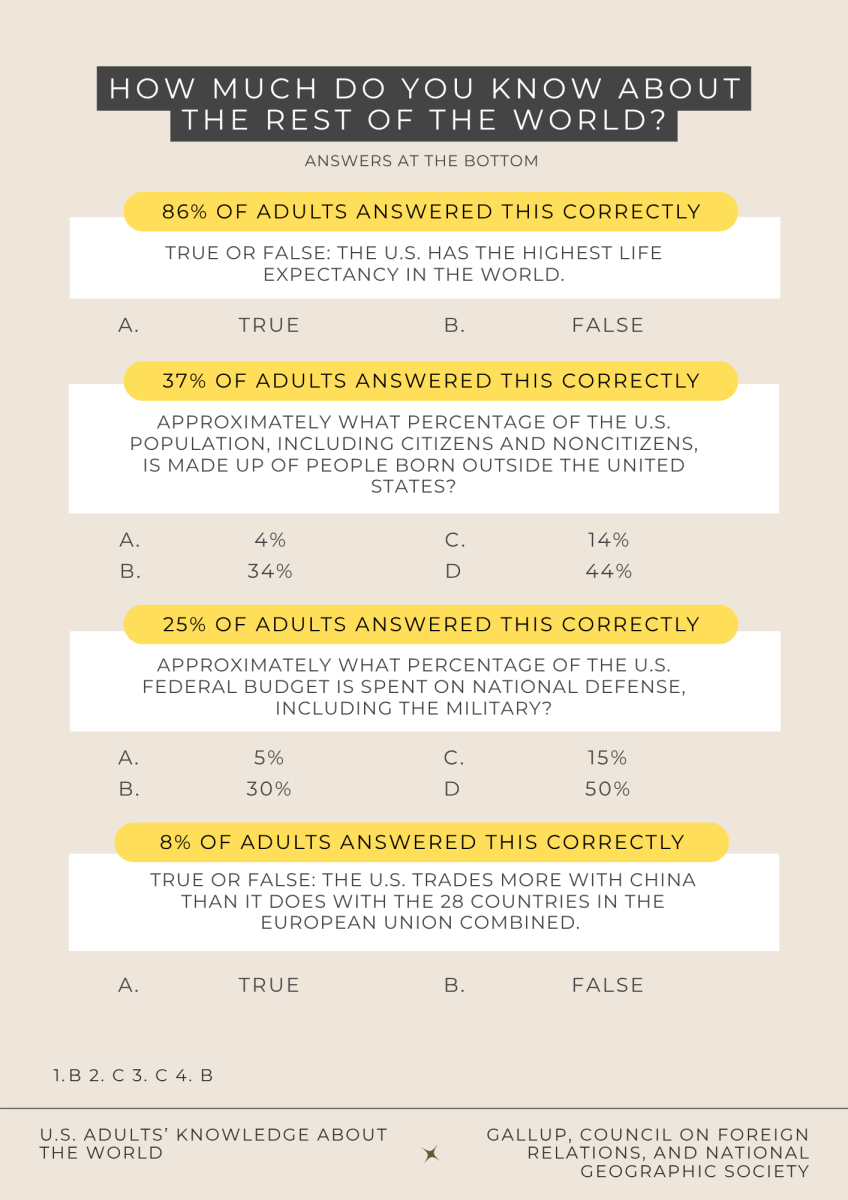Not many things could have dampened students’ excitement for the weekend after senior finals on May 30, save for a PA announcement: CHS was entering Secure The Building status.
Secure The Building status is not considered a lockdown, as it only prevents people from entering and exiting the building; for all students knew on Friday, though, a lockdown was the next step. A freezing silence befell the cafeteria as the second announcement came on around 30 minutes later. School operations could return to normal, it said.
Discussing what the security threat might have been caused by, some students feared for the worst as they heard the initial announcement. Per the Sandy Hook Promise, sparked by the Sandy Hook Elementary School shooting, 12 children die from gun violence in America every single day.
During April, FCPS piloted a new weapons detection system, meant to deter potential assailants who enter schools with weapons. Specifically, they tested OPENGATE, a metal detection system (though FCPS specifically calls it a “weapons detection system”) to find out whether it was viable for use across the district.
America’s gun policy is broken. Not only is gun culture normalized, it’s commercialized. Companies such as OPENGATE continue to profit off of the fear that weapons bring, and they aren’t the solution. To be fair, confidence in detector systems isn’t just held by school districts; 80% of teens believe weapons detectors are effective in preventing school shootings. However, investment in systems like OPENGATE focuses on treating the symptoms of gun violence rather than the cause: American gun policy.
It’s been consistently shown that frequent gun violence in schools is a uniquely American issue. In a series of interviews conducted by VICE Media with people around the world, harmful gun policy specific to the U.S. was acknowledged by virtually every interviewee, with one describing Americans’ access to firearms as “wildly anachronistic.”
America’s gun culture evolved from the use of guns in hunting, pest control and other agricultural tasks. During the Reconstruction era, however, guns began to be used increasingly for violence and intimidation, particularly in the South following emancipation.

Throughout American history, the Second Amendment of the Constitution guaranteed the right to bear arms. In the nearly 250 years since the Second Amendment, however, the flintlock pistols and ball ammunition of the time became assault rifles and metallic bullets. What stayed the same was the insistence that everyday American citizens had a right to these weapons, even while Australia, Canada and New Zealand banned assault-style weapons due to mass shootings. Today, the U.S. tops the charts for public mass shootings and is home to more guns than people.
With weapon detectors flanking schools’ doors, entering school is no longer just a way to get to class; it’s a way for students to prove their innocence. Students are made more aware than ever of the distrust that they already have after countless incidents of violence, and of the fact that they, too, are under scrutiny.
Being American doesn’t need to include gun culture, violence and distrust. The American identity has been rooted in the desire for freedom and justice, not in conflict and intimidation. In a country where gun policy is left unchecked and the focus lies on what to do after an assailant gets inside, placing a metal detector at the entrance isn’t enough. It’s time to change the unrestrictive policies that allow weapons to reach the door in the first place.








Brendan • Aug 27, 2025 at 9:39 am
Exactly my thoughts.